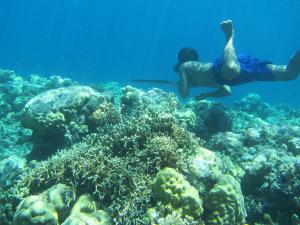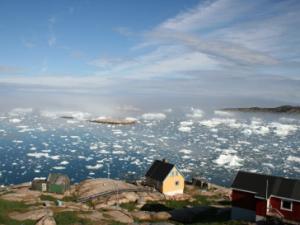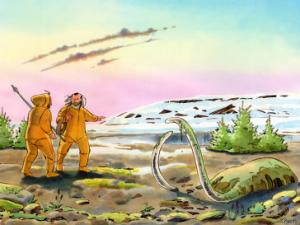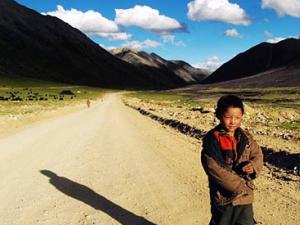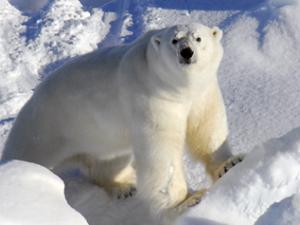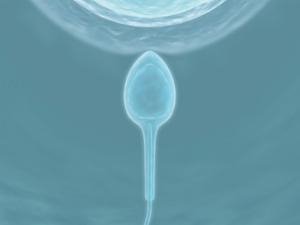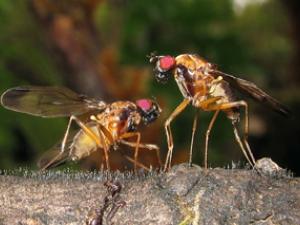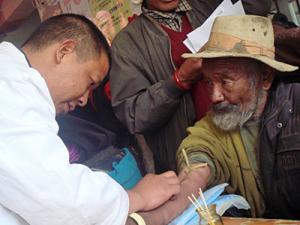

Research Expertise and Interest
evolution, molecular evolution, population genetics, human variation, human genetics, phylogenetics, applied statistics, genetics, evolutionary processes, evolutionary biology
Research Description
Dr. Nielsen received his Ph.D. from UC-Berkeley in 1998, did postdoctoral research at Harvard University and worked as an assistant professor at Cornell University from 2000-2004. From 2004 he has been a Professor of Biology at the University of Copenhagen and he joined the faculty at the departments of Integrative Biology and Statistics at Berkeley in Jan. 2008.
His work is on statistical and population genetic analyses of genomic data, in particular methods for detecting natural selection, describing population genetic variation, inferring demography, and methods for association mapping. Much of his current research concerns statistical analysis of next-generation sequencing data, both in the context of medical genetics and population genetics. Many of the methods he has developed are heavily used by other researchers, including the phylogeny based methods for detecting positive selection implemented in PAML, the methods for inferring demographic histories implemented in the IM and IMa programs, the method for detecting selective sweeps implemented in SweepFinder, and the methods for analysing Next Generation Sequencing (NGS) data implemented in ANGSD.
One of the central problems he has been interested in is the molecular basis of evolutionary adaptation. What happens at the molecular levels as one species is transformed into another over evolutionary time? To address this question he has developed a number of computational methods and applied them to large scale genomic data, such as genomic comparisons of humans and chimpanzees.
He has also worked on understanding human genetic variation. He uses both classical statistical methods and evolutionary inferences to identify genetic variants that affect phenotypic variability in humans, including genetic adaptations to diet and local environmental factors. He has studied the genetic basis of human adaption to high altitude, changes in diet, and cold climates. He has also worked extensively on analyses of ancient DNA derived from fossils to understand human origins and diversification.
He teaches courses in human biological variation, population genetics, human genetics, and statistics.
Example publications:
- E Huerta-Sánchez, X Jin, Z Bianba, BM Peter, N Vinckenbosch, Y Liang, X Yi, M He, M Somel, P Ni, B Wang, X Ou, J Luosang, Z Xi Ping Cuo, K Li, G Gao, Y Yin, W Wang, X Zhang, X Xu, H Yang, Y Li, J Wang, J Wang, R Nielsen (2014). Altitude adaptation in Tibetans caused by introgression of Denisovan-like DNA. Nature 512: 194-197.
- I Moltke, N Grarup, ME Jørgensen, et al. (2014). A common Greenlandic TBC1D4 variant confers muscle insulin resistance and type 2 diabetes. Nature 512: 190-193
- R Nielsen, JS Paul, A Albrechtsen, YS Song (2011). Genotype and SNP calling from next-generation sequencing data. Nat. Rev. Genet. 12 (6): 443-451.
- Hey J. and R. Nielsen. 2007. Integration within the Felsenstein equation for improved Markov chain Monte Carlo methods in population genetics. Proc Natl Acad Sci U S A. 104: 2785–2790.
For more information see: https://nielsen-lab.github.io


